Increasing Livestock Production
The Feed Enzymes Market is experiencing a notable surge due to the increasing demand for livestock production. As the global population continues to rise, the need for protein sources, particularly from animal products, is escalating. This trend compels livestock producers to enhance feed efficiency and animal health, leading to a greater reliance on feed enzymes. These enzymes facilitate the digestion of nutrients, thereby improving feed conversion ratios. According to recent data, the livestock sector is projected to grow at a compound annual growth rate of approximately 3.5% over the next few years. Consequently, the Feed Enzymes Market is likely to benefit from this growth, as producers seek innovative solutions to optimize feed utilization and reduce costs.
Focus on Animal Health and Welfare
The Feed Enzymes Market is increasingly influenced by the growing emphasis on animal health and welfare. Consumers are becoming more aware of the conditions under which livestock are raised, leading to a demand for healthier and more sustainable animal products. Feed enzymes play a crucial role in promoting animal health by enhancing nutrient absorption and reducing gastrointestinal disorders. This focus on welfare is reflected in the rising sales of enzyme-based feed additives, which are expected to reach a market value of several billion dollars in the coming years. As producers strive to meet consumer expectations, the Feed Enzymes Market is likely to see a corresponding increase in demand for products that support animal well-being.
Regulatory Support for Feed Additives
The Feed Enzymes Market is benefiting from favorable regulatory frameworks that support the use of feed additives. Governments and regulatory bodies are increasingly recognizing the importance of feed enzymes in improving feed efficiency and reducing environmental impacts. This regulatory support is encouraging manufacturers to innovate and develop new enzyme products that comply with safety and efficacy standards. As a result, the market for feed enzymes is projected to expand significantly, with estimates suggesting a growth rate of around 5% annually. This trend indicates that the Feed Enzymes Market is poised for substantial development, driven by both regulatory incentives and the need for sustainable agricultural practices.
Rising Awareness of Nutritional Benefits
The Feed Enzymes Market is witnessing a rise in awareness regarding the nutritional benefits of enzyme supplementation in animal feed. Producers are increasingly recognizing that enzymes can enhance the digestibility of feed ingredients, leading to improved nutrient availability for livestock. This awareness is driving demand for enzyme products that can optimize feed formulations and improve overall animal performance. Market Research Future indicates that the segment of feed enzymes is expected to grow significantly, with projections estimating a market size of several billion dollars by the end of the decade. This trend suggests that the Feed Enzymes Market is likely to continue expanding as more producers seek to leverage the nutritional advantages offered by enzyme supplementation.
Technological Innovations in Enzyme Production
The Feed Enzymes Market is being propelled by technological innovations in enzyme production processes. Advances in biotechnology and fermentation techniques are enabling manufacturers to produce enzymes more efficiently and at a lower cost. These innovations not only enhance the quality of enzyme products but also expand their application in various feed formulations. As a result, the market is expected to experience robust growth, with estimates indicating a potential increase in market share of enzyme products in the feed sector. This trend highlights the importance of continuous research and development in the Feed Enzymes Market, as companies strive to meet the evolving needs of livestock producers and improve feed efficiency.
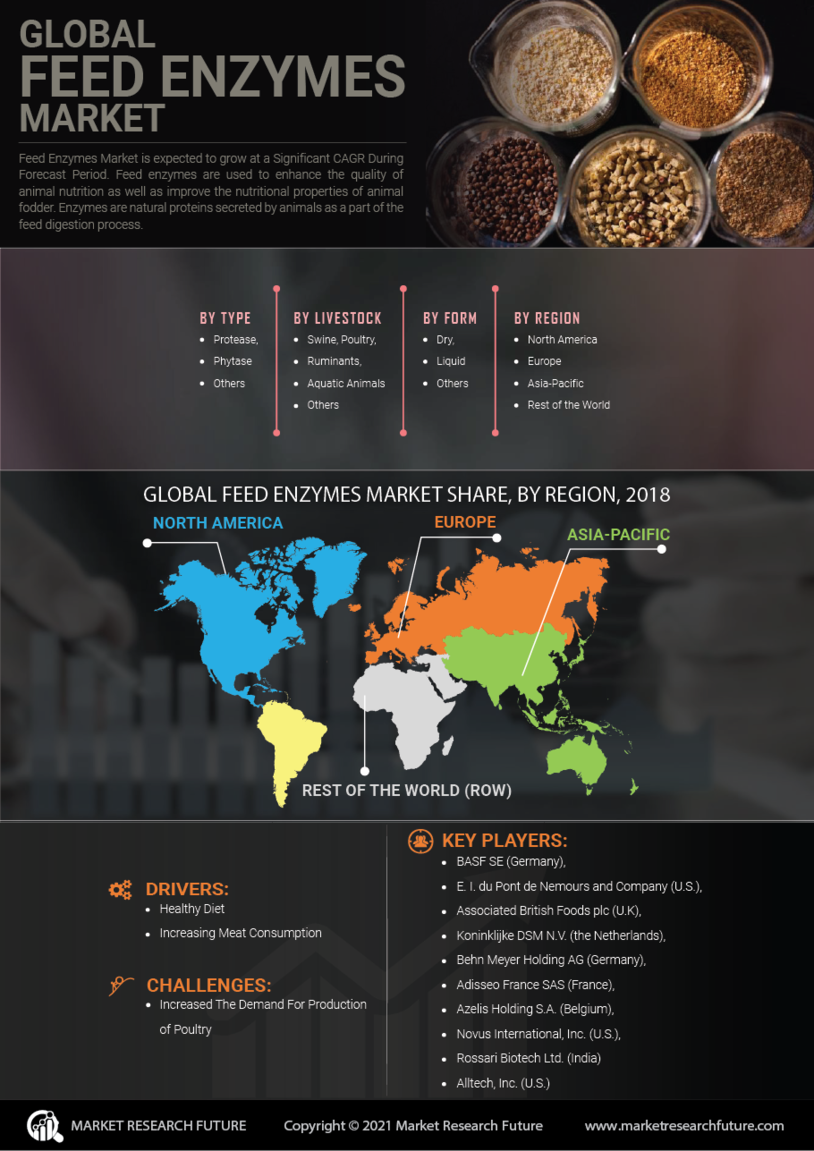

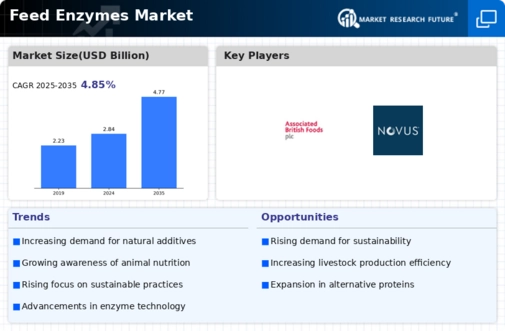
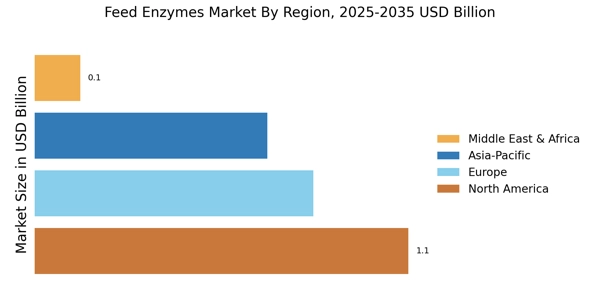
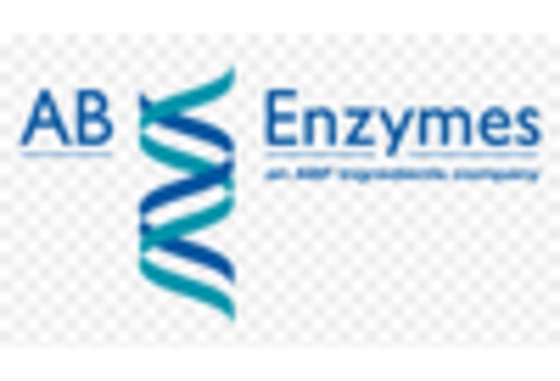



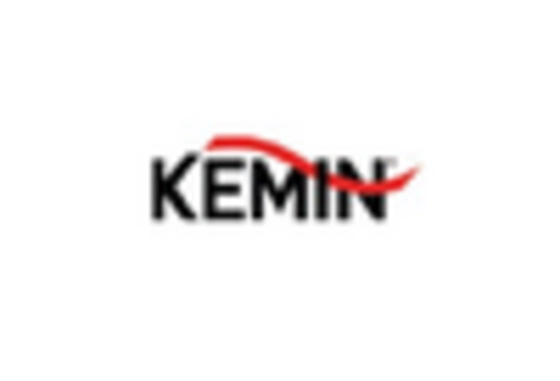









Leave a Comment